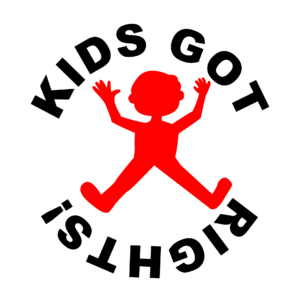Trigger warning
In this statement, we discuss forms of violence and how the effect especially children. Should these topics be triggering to you, we recommend not to engage with this content or only to a degree that is comfortable for you. Here you can find technics for self-care and resources should you find yourself in a situation which includes any kind of violence against you. Should you be in immediate danger, please call the police in your country.
WE BELIEVE YOU!

International Day of Non-Violence
On the International Day of Non-Violence – IFM-SEI is convinced to not only take a stand to end violence against children but also educate about its definition based on current statistics and examples of violence against children. Violence against children includes all forms of violence against humans under 18 years old. It can range from physical to psychological and emotional violence as well as neglect are included in this definition. Violence against children is a global issue which estimates vary and depend on the method of research used and therefore are difficult to find global statistics.
Globally, it is estimated that up to 1 billion children aged 2–17 years have experienced physical, sexual, or emotional violence or neglect in the past year. Part of the 2030 Agenda for Sustainable Development is to “end abuse, exploitation, trafficking and all forms of violence against, and torture of, children” this is supporting the fact that evidence from around the world shows that violence against children can be prevented.
Forms of violence
There are several definitions of violence and how to divide them. Below you can find a combination of different theories and if you follow the link the definition by the WHO regarding violence against children
- ● Physical violence is diverse. It is the actual and potential physical injury or, in the case of vulnerable people, the failure to protect them from physical injury. In general, it can be defined as: Intentional use of physical force to the disadvantage of the child, regardless of the intensity of the force - it ranges from light tapping, shaking and heavy blows to the use of sticks and other objects.
- ● Psychological violence Mental and emotional violence is more difficult to identify than physical abuse. It is therefore less the subject of research and public discussion. (violinfo.at) It includes withholding an environment appropriate to the child's age and promoting the development of the child, as well as persistent or serious verbal abuse or rejection with negative effects on the mental development or behavior of a child.
Forms of violence against childrens
Forms of abuse using psychological or emotional pressure, including isolation and social violence aim to isolate the affected person. With children, this area includes the deprivation of love. Threats, coercion and fear are common forms of psychological violence. Insults, devaluations and defamations serve to destroy the victim's self-esteem and mental health. Over time, the belief in one's own worth, identity and feelings, in rights or freedom of choice, is destroyed. making ridiculous in public, offensive and derogatory statements.
- ● Neglect begins as soon as a child is deprived of basic services for their psychosocial development - for example in the areas of health, nutrition, clothing, accommodation, education, etc.
- ● Bullying (including cyber-bullying) is unwanted aggressive behaviour by another child or group of children who are neither siblings nor in a romantic relationship with the victim. It involves repeated physical, psychological or social harm, and often takes place in schools and other settings where children gather, and online.
- ● Sexual violence includes non-consensual completed or attempted sexual contact and acts of a sexual nature not involving contact (such as voyeurism or sexual harassment); acts of sexual trafficking committed against someone who is unable to consent or refuse; and online exploitation.
- ● Emotional or psychological violence includes restricting a child’s movements, denigration, ridicule, threats and intimidation, discrimination, rejection and other non-physical forms of hostile treatment
- ● Structural violence does not start from an acting subject, but is built into the social system. It manifests itself in unequal power relations and consequently unequal life chances for people based on their gender, age of women and men, young and old people, people with different cultural backgrounds, impairments or lifestyles.
- ● Gender Based Violence: When violence is directed against children because of their biological sex or gender identity, any of these types of violence can also constitute gender-based violence.
Key facts
- ● Violence against children includes all forms of violence against people under 18 years old, whether perpetrated by parents or other caregivers, peers, romantic partners, or strangers.
- ● Globally, it is estimated that up to 1 billion children aged 2–17 years, have experienced physical, sexual, or emotional violence or neglect in the past year (1).
- ● Evidence from around the world shows that violence against children can be prevented.
- ● Nearly 3 in 4 children - or 300 million children - aged 2–4 years regularly suffer physical punishment and/or psychological violence at the hands of parents and caregivers
- ● One in 5 women and 1 in 13 men report having been sexually abused as a child aged 0-17 years.
- ● 5% of kids aged between 12 and 17 have had a bully target them at least once in their lifetime.
Our demands
We as IFM-SEI support the seven strategies shared by the WHO to end violence against children and want to strenghten you to do the same:
- ● Implementation and enforcement of laws (for example, banning violent discipline and restricting access to alcohol and firearms);
- ● Norms and values change (for example, altering norms that condone the sexual abuse of girls or aggressive behaviour among boys);
- ● Safe environments (such as identifying neighbourhood “hot spots” for violence and then addressing the local causes through problem-oriented policing and other interventions);
- ● Parental and caregiver support (for example, providing parent training to young, first time parents);
- ● Income and economic strengthening (such as microfinance and gender equity training);
- ● Response services provision (for example, ensuring that children who are exposed to violence can access effective emergency care and receive appropriate psychosocial support); and
- ● Education and life skills (such as ensuring that children attend school, and providing life and social skills training).
STOP VIOLENCE AGAINST CHILDREN
Nearly 3 in 4 children - or 300 million children - aged 2–4 years regularly suffer physical punishment and/or psychological violence at the hands of parents and caregivers.
STOP physical and psychological VIOLENCE AGAINST CHILDREN!
One in 5 women and 1 in 13 men report having been sexually abused as a child aged 0-17 years.
STOP sexual VIOLENCE AGAINST CHILDREN!
Start creating equal access to children rights for every child.
STOP Structural VIOLENCE AGAINST CHILDREN!
36.5% of kids aged between 12 and 17 have had a bully target them at least once in their lifetime.
STOP VIOLENCE against children!










Comments are closed